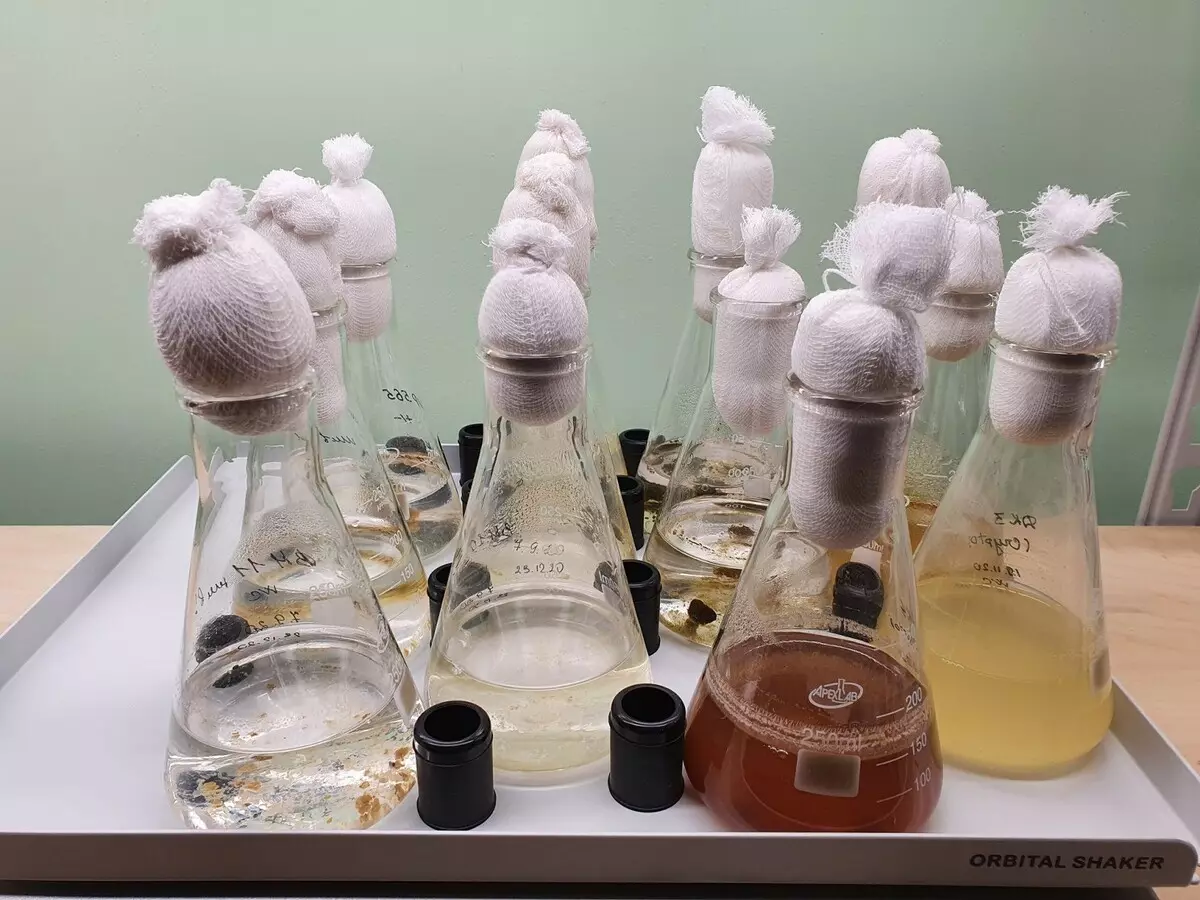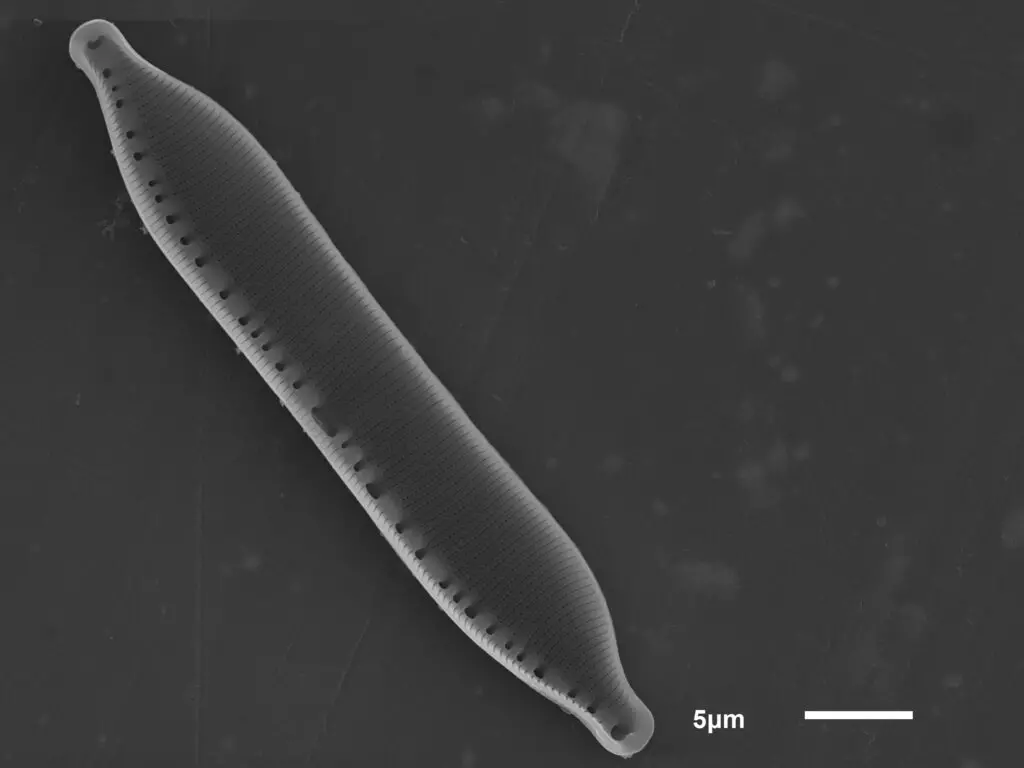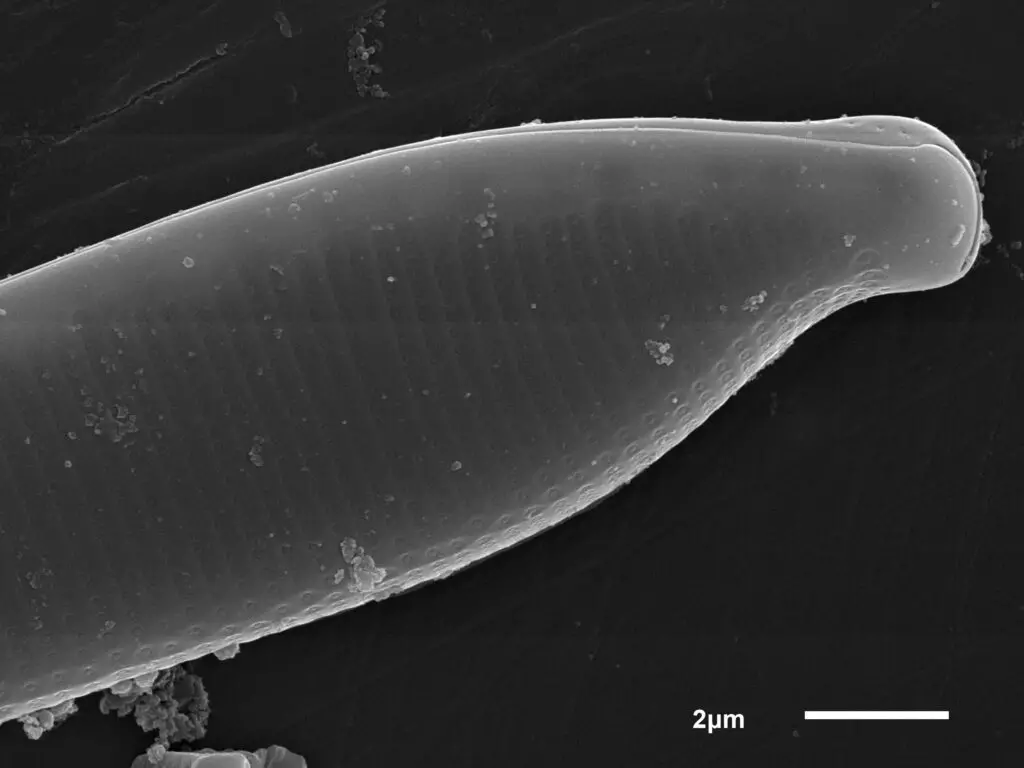
The study was supported by the Presidential Program of the Russian Science Foundation (RNF) and published in the SCIENTFIC Reports magazine. Diatoms algae, or diatoms - single-celled algae, dwelling almost everywhere - from soil and ice to salted and fresh reservoirs. Their distinctive feature is a kind of "shell" from silica dioxide, which in shape resembles a soap or shoe box - one sash is slightly smaller and enters the second.

A thin pattern on the "shell" is an important feature for detecting kinship between different types of algae. Now among the diatoms there are approximately 20-25 thousand species, which create about a quarter of the entire organic matter on the planet. Their systematics is constantly being revised due to the emergence of new, more advanced methods of both microscopy and molecular analysis.

"Hantzschia is the genus of diatom algae, whose representatives inhabit in a variety of places. We studied the structure and evolution bonds of 25 soil strains of diatom algae, which in earlier studies could be attributed to the type of Hantzschia amphioxys. Detailed morphological and molecular genetic studies have shown that the sample consisted of seven different types of Hantzschia, including five brand new for science, "says Evgeny Maltsev, Candidate of Biological Sciences, Head of the Project of Grant RNF, Leading Researcher, Institute of Plant Physiology named after K. A. Timiryazev (IFS) RAS.

In their work, scientists investigated algae allocated from the soil and forest litter from different parts of Eurasia, as well as several cultures from the Genta University collection (Belgium). The samples were divided into types of "shell" and the pattern on it, as well as by comparing DNA sequences - to be more accurate, two ribosomal genes and one chloropsts.
To study the covers used electronic and light microscopy. As a result, five new species were found, including several unique for this zone. At the same time, it was previously believed that from the genus Hantzschia in the soils of Eurasia exclusively species-cosmopolitans, that is, those that are common throughout the globe.
This study can be called interesting not only with a purely theoretical point of view. Diatoms algae synthesize many useful substances - for example, omega-3. This is a group of unsaturated fatty acids, which maintains the normal level of cholesterol in the blood and is a mandatory component of a balanced diet.
"The value of diatom algae is that they grow rapidly and can accumulate useful substances even with a lack of power in the medium. The new strains of algae can be the main to find improved production methods of substances important to medicine, as well as farming and fisheries. The created collection of Hantzschia strains, isolated from geographically remote and different-on ecosystems, will help in this, "concludes Evgeny Maltsev.
Source: Naked Science
